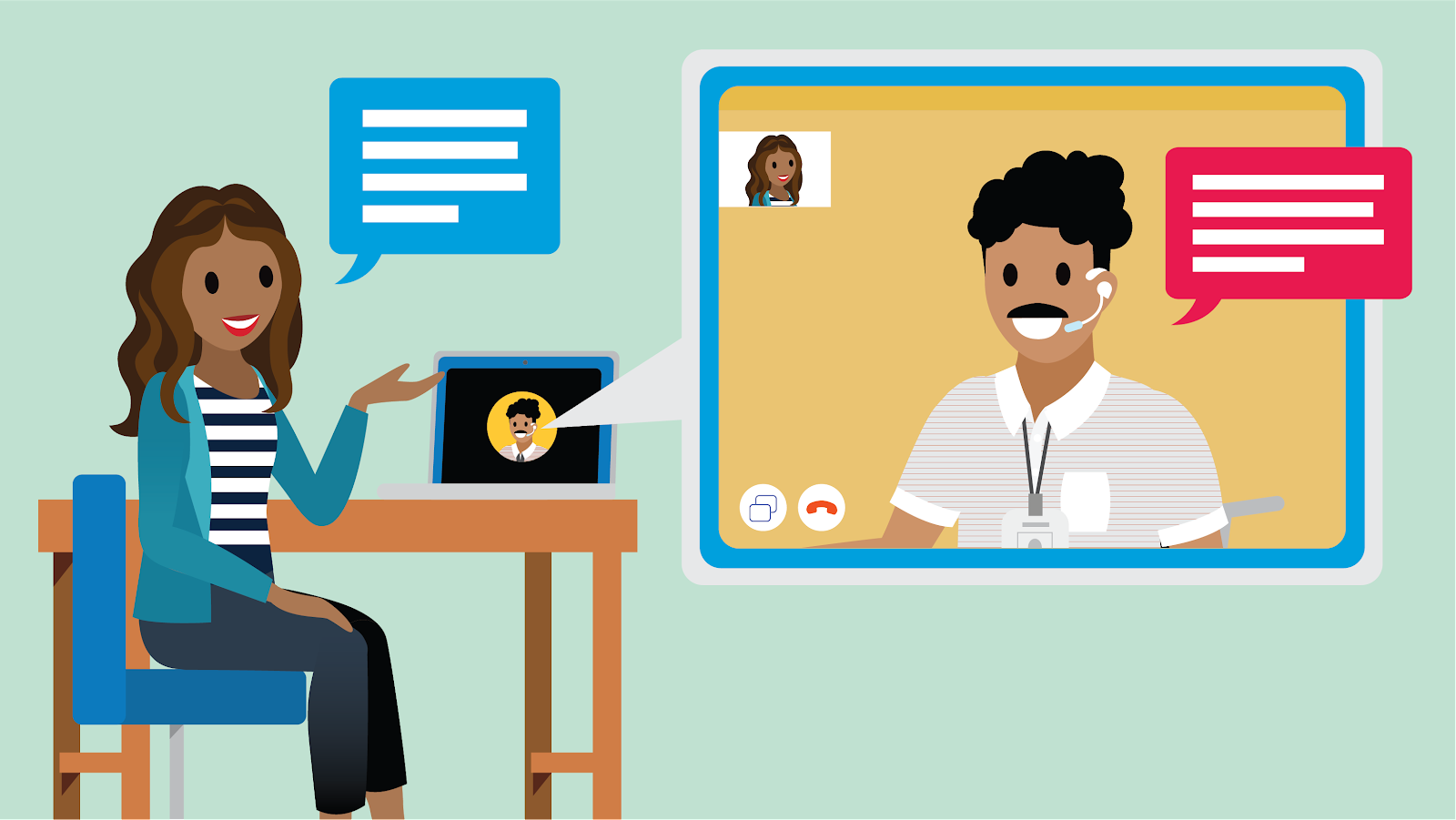Create Customer-Centric Experiences
Learning Objectives
After completing this unit, you’ll be able to:
- Explain what makes up a value proposition.
- Share ways to tailor the customer experience.
- List tips to maintain an ongoing customer relationship.
Expand Your Brand’s Value Proposition
The most successful companies understand that their customer experience is an important part of their unique value proposition. A customer-first strategy goes beyond the transactional to connect people with products and experiences. Plus, exceptional digital experiences can increase sales and generate brand loyalty.
Since D2C doesn’t have the constraints of traditional retailers, you can reach your customers without the burden of legacy platforms and technology. Consumers will reward you for it with repeat purchases.
Let’s take a look at an example. When a popular toy maker went D2C, it implemented a brand-first strategy built around its mission to “Take Back Childhood.” This mission statement resonated so deeply with consumers that it became a major social media campaign and fostered an even stronger connection to the brand.
When you first transition to D2C, you begin with clean first-party data. Assess your current technology and determine how best to optimize it for D2C. One of the most effective actions is to aggregate data across every touchpoint into one unified platform. That way, you’ll achieve a 360-degree view of the consumer to tailor experiences and build loyalty.
Tailor the Customer Experience
Access to data across every touchpoint means you can identify consumers as soon as they visit your site—and continuously engage them so they keep coming back.
Artificial intelligence (AI) enables brands to personalize ecommerce experiences throughout the consumer journey by identifying nuances and behaviors across touchpoints, then surface relevant content that makes consumers more likely to convert. Use AI to also serve up highly relevant product recommendations and deliver personalized experiences.
Maintain an Ongoing Relationship
Consider this—the best experience a consumer has anywhere becomes the experience they expect everywhere. Your direct relationship requires consistent interactions that keep consumers coming back. Implement these content and customer service imperatives to deliver the one-to-one relationship consumers want with your brand.
Institute agile content development. Typically campaigns with B2B distribution partners are long and enablement-heavy. When it comes to D2C, you’ll have to develop a new, more agile process to create high-quality content for use across digital channels—website, social, email, and SMS—in a short amount of time.
Your homepage alone may hold hundreds of pieces of content, and category pages can be just as rich. This means you must produce a mix of product and lifestyle imagery at different sizes as well as content that adds value to your brand and positions it as a trusted authority, such as through short how-tos and videos. Short-format static and video content garners attention and boosts engagement on social media. Layer in shoppable pins, posts, and videos to make on-platform shopping easy, and build brand advocacy with user-generated content (UGC).
Test and learn. Testing your content improves the consumer experience and keeps you on top of consumer expectations. Always test initiatives, measure impact, and apply your knowledge to the next iteration.
Build loyalty through customer service. By going D2C, you may need to change your existing service infrastructure to handle a more continuous relationship with consumers. Offer the option for shoppers to engage with your brand in a way they most prefer through any channel service: via SMS, live chat, or social media.
Before hiring more service agents, know that there are a few simple tweaks you can make to address your most common consumer requests. Make it easy to find answers to frequently asked questions, like how to initiate a return, through a simple FAQ page on your site.
If consumers can’t find what they are looking for, allow them to submit a case through a web-to-case online form. Chatbots can field your most-asked questions. When a case is more complicated, the bot can seamlessly escalate it quickly to an agent for additional support. Bots gather consumer information ahead of time to decrease case handling time for faster resolution.
Here’s a great example of a customer-centric transition D2C. When a sportswear company launched 27 sites globally and four brands, it put its consumers at the center by using Salesforce to create a unique user experience with contextual product content and rich media.

Chances are your brand is already a big part of a consumer’s everyday life, so D2C is an incredible opportunity to establish the closer relationships that consumers want.
Stay consumer-first from the start and remember that D2C adds to your existing revenue streams. With the right people, partners, and technology to support you every step of the way, you’ll reach your most loyal consumers and exceed expectations.